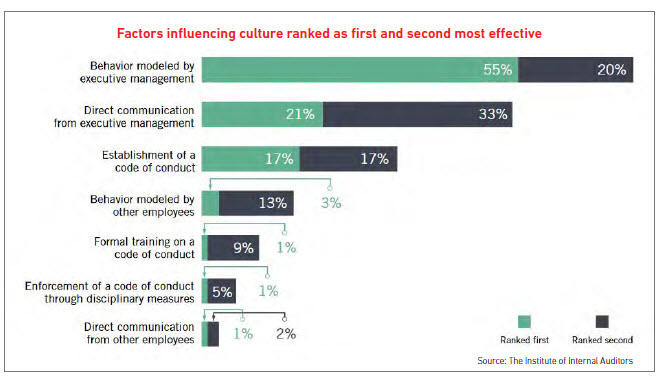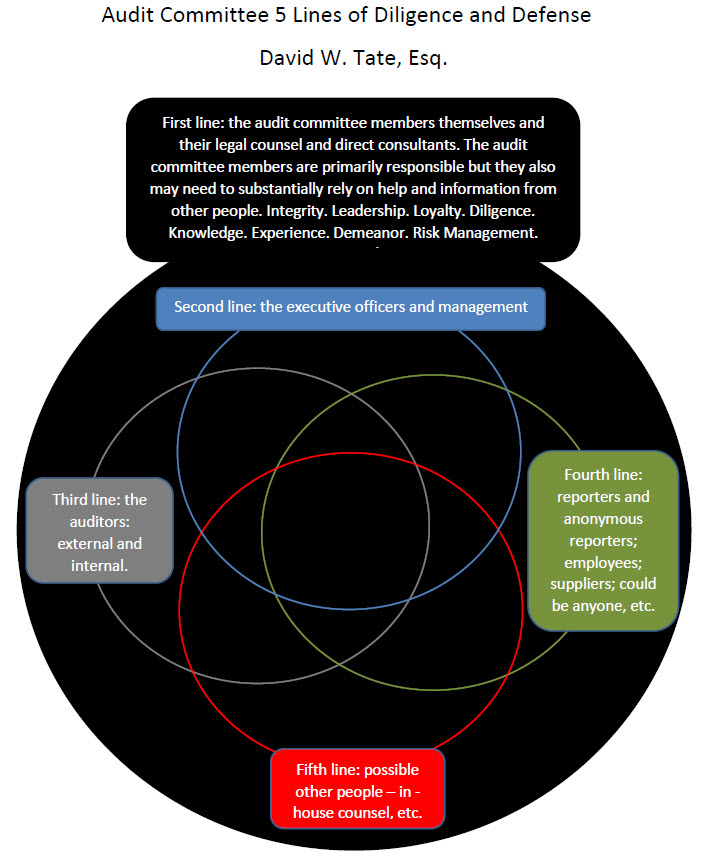Greetings folks.
The question is: split the CEO and chair roles, or have co-chairs, or have a lead director, or not?
This is a question that can be divisive and pit people on different sides against each other.
This seems to be an annual discussion for shareholders of some of the corporations that haven’t split or in some manner separated the roles.
And each director of a corporation certainly could also voice his or her preference and recommendation about whether or not to split or separate the roles.
What would each director prefer for the processes of the company that he or she oversees, for the board on which he or she serves, and for the CEO that he or she elected?
I have to say that I haven’t seen this issue with respect to nonprofits. The issue may exist, but the nonprofits that I have been involved with have had separate executive director and board chair roles.
Why spilt the roles? What are the advantages to splitting?
Why not split the roles? What are the advantages to not splitting?
Why select or not select a middle path – the CEO as Chair with a Co-Chair Director or a lead director? What are the advantages?
I don’t believe that you can necessarily generalize – each corporate situation, and the interactions can be different.
Two of the important issues for me are: who determines what is on the agenda and who runs the meeting?
By determining the agenda, I mean with input from the directors, the CEO, the CFO and others who should be giving agenda recommendations.
But who actually then determines what topics specifically will be on the meeting agenda?
And who actually then runs the meeting?
Because determining the actual agenda and running the meeting can be influential and directive. This topic of course can also naturally flow into other separate issues which we will not be discussing here – such as the extent of the role of the chair or co-chair and his or her manner of style or governance – controlling, collaborative, facilitative, . . . ?
So, do the directors believe that the CEO should handle those two tasks, the agenda and running the meeting . . . or a chair, co-chair or lead director, and why?
And does the CEO believe that he or she should handle those two tasks . . . or a chair, co-chair or lead director, and why?
What is best for the particular corporation, board, and shareholders? One approach doesn’t necessarily fit all.
Just some thoughts about decision making on top of what everyone else has already said.
Thanks for listening. Dave Tate, Esq. (San Francisco)




